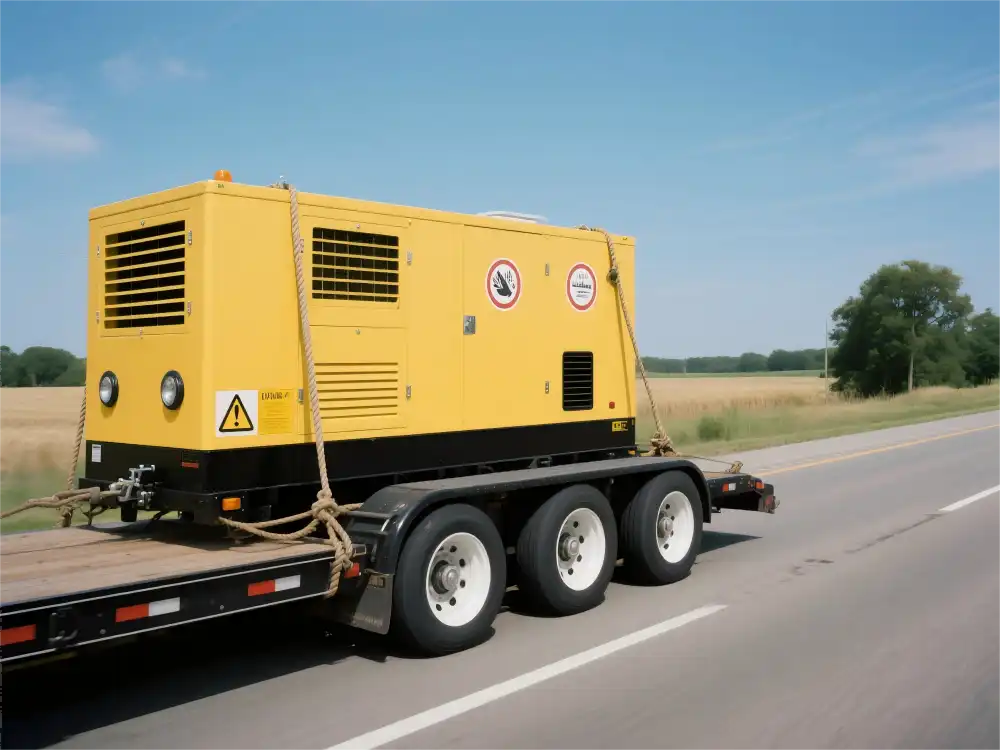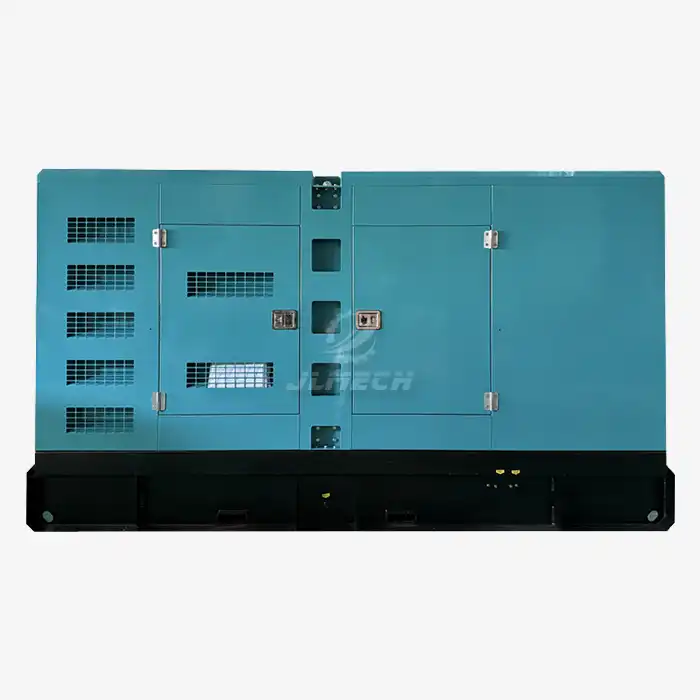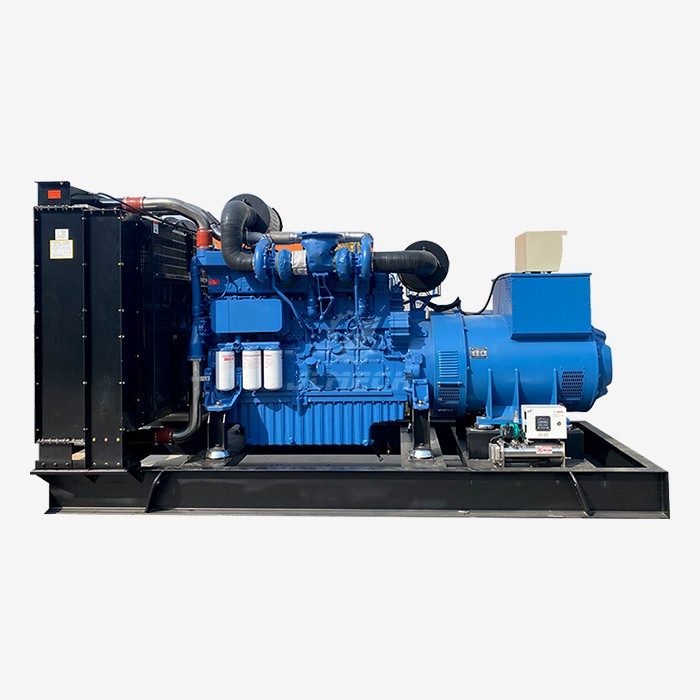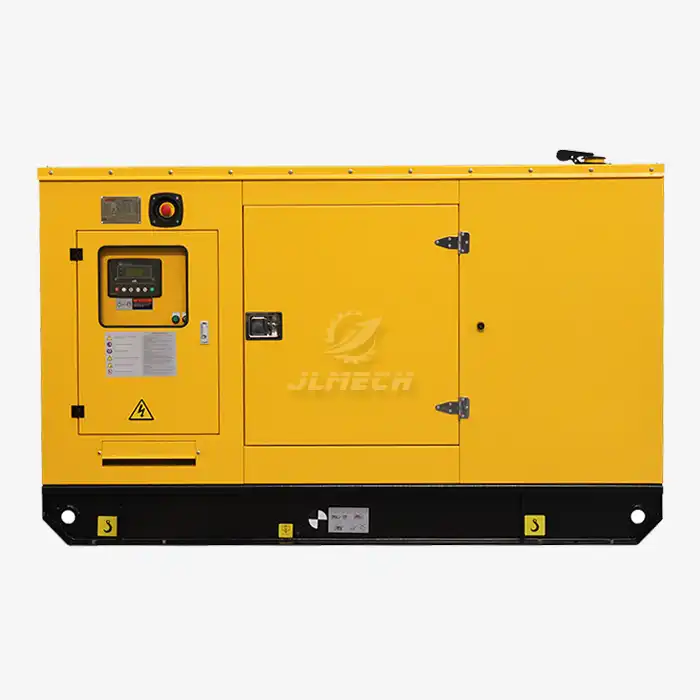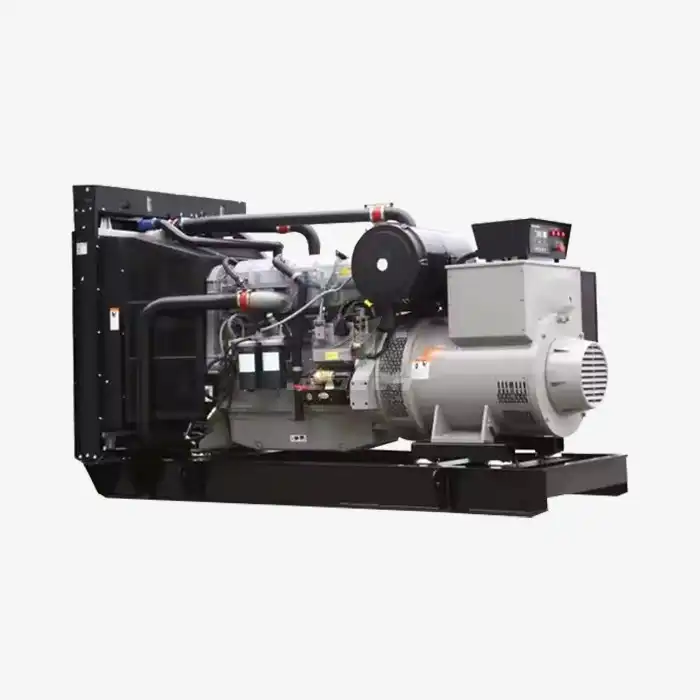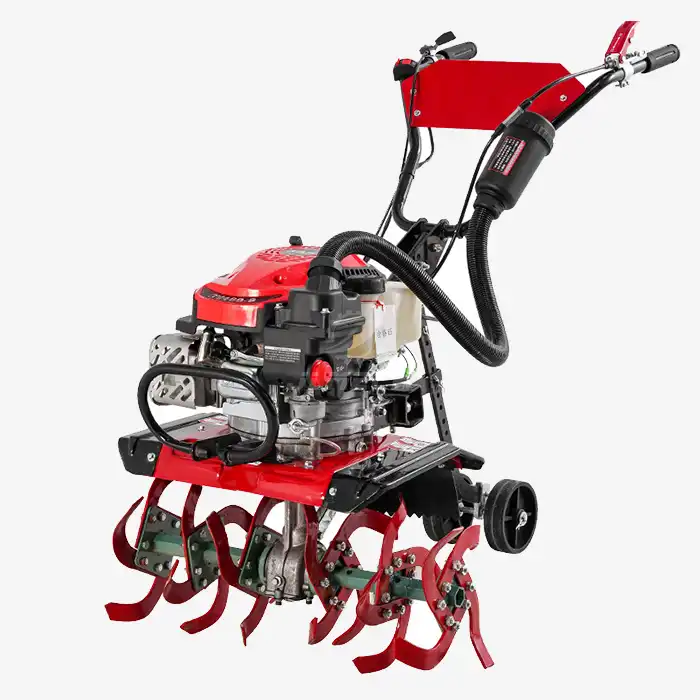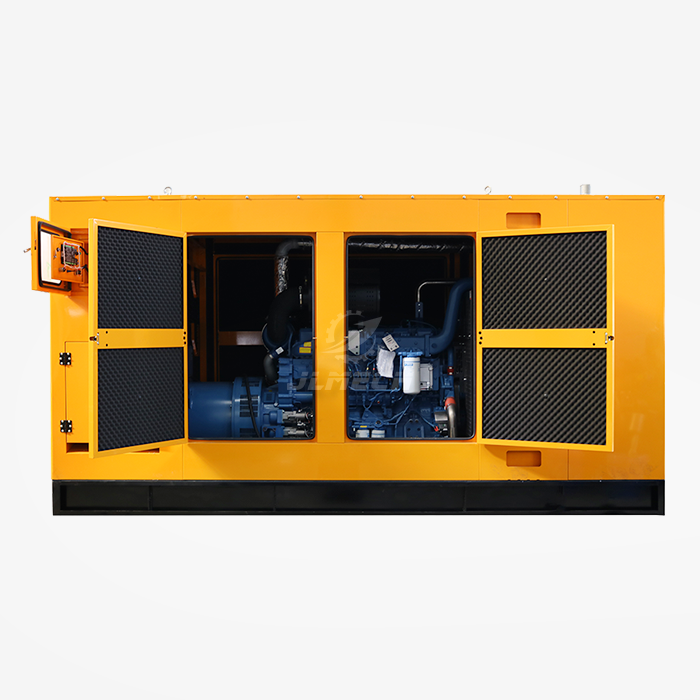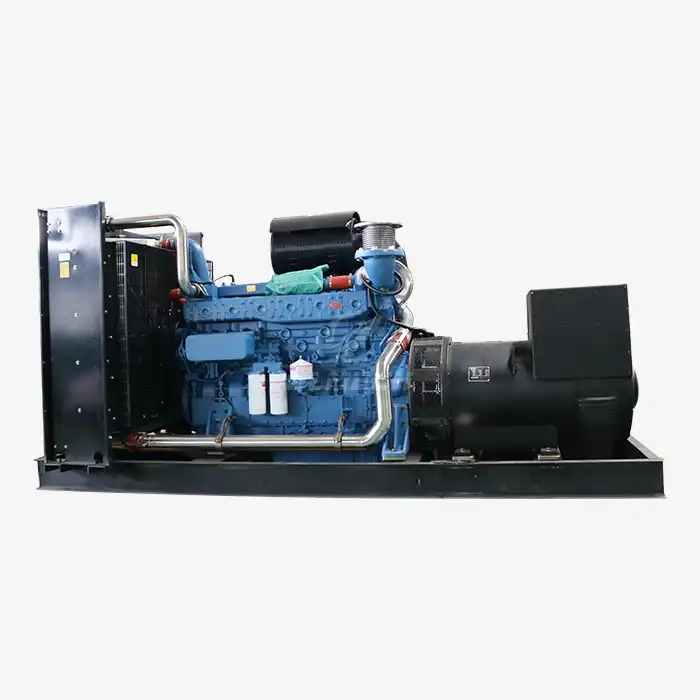Whether you're in construction, event management, or emergency response, understanding the intricacies of generator transportation and setup is crucial for maximizing the utility of your power equipment. From securing the generator for transit to performing pre-operation checks, we'll cover all the vital aspects you need to know. By following this guide, you'll be well-equipped to handle your movable diesel generator with confidence, ensuring it reaches its destination safely and is ready to provide dependable power when you need it most.
How to Transport a Movable Diesel Generator Safely?
Transporting a movable diesel generator requires meticulous planning and adherence to safety protocols. The process involves several critical steps to ensure the generator arrives at its destination in perfect working condition.
Preparation for Transport
Before moving your generator, conduct a thorough inspection. Check for any loose parts, secure all attachments, and ensure the fuel tank is properly sealed to prevent spills. It's advisable to drain the fuel if the transport duration is lengthy, reducing weight and minimizing fire hazards.
Choosing the Right Transport Vehicle
Select a transport vehicle that can accommodate the generator's size and weight. Flatbed trucks or trailers with proper tie-down points are often ideal. Ensure the vehicle's load capacity exceeds the generator's weight by a safe margin.
Securing the Generator
Use heavy-duty straps or chains to anchor the generator to the transport vehicle. Attach these to designated lifting points or the generator's frame. Avoid placing straps over sensitive components. Use wheel chocks to prevent rolling during transit.
Legal Considerations
Familiarize yourself with local regulations regarding the transportation of large equipment. Some jurisdictions may require special permits or have specific rules about transporting fuel-containing machinery.
Step-by-Step Guide for Setting Up a Movable Diesel Generator On-Site
Once your movable diesel generator has safely arrived at its destination, proper setup is crucial for optimal performance and safety. Follow these steps to ensure your generator is ready for operation.
Site Selection and Preparation
Choose a level, well-ventilated area for generator placement. Clear the site of debris and ensure there's adequate space around the unit for airflow and maintenance access. If possible, place the generator on a concrete pad or stable surface.
Unloading and Positioning
Use appropriate lifting equipment to unload the generator. Follow the manufacturer's guidelines for safe lifting procedures. Once unloaded, position the generator according to your site plan, considering factors like noise levels and exhaust direction.
Electrical Connections
Engage a qualified electrician to make all electrical connections. This includes connecting the generator to the main power distribution panel and installing any necessary transfer switches. Ensure all connections comply with local electrical codes.
Fuel System Setup
If you drained the fuel for transport, refill the tank with clean, fresh diesel fuel. Check all fuel lines and connections for leaks. If using an external fuel tank, ensure it's properly connected and placed at an appropriate distance from the generator.
Pre-Operation Checks
Before starting the generator, perform a series of checks: - Verify oil and coolant levels - Inspect air filters - Check battery connections - Ensure all panels and guards are securely in place - Confirm the emergency stop button is functioning
Initial Start-Up and Testing
Follow the manufacturer's start-up procedure. Once running, monitor the generator for any unusual noises, vibrations, or leaks. Test all connected systems to ensure they're receiving power correctly.
Common Challenges in Moving Diesel Generators (And How to Overcome Them)
While transporting and setting up movable diesel generators is a straightforward process when done correctly, several challenges can arise. Being prepared for these issues can help you navigate them effectively.
Weight and Size Constraints
Challenge: Large generators can be difficult to maneuver in tight spaces or on uneven terrain. Solution: Use specialized moving equipment like skates or rollers for precise positioning. For very large units, consider hiring a professional rigging company.
Fuel Management
Challenge: Transporting generators with fuel can pose safety risks and may violate transportation regulations. Solution: Drain fuel when possible for long-distance transport. For shorter moves, ensure the tank is no more than 3/4 full to prevent spills.
Environmental Factors
Challenge: Extreme weather conditions can affect generator performance and transport safety. Solution: Plan moves during favorable weather when possible. Use weatherproof covers during transport and storage to protect the generator from the elements.
Electrical Integration Issues
Challenge: Connecting the generator to existing electrical systems can be complex. Solution: Always work with a certified electrician familiar with generator installations. Conduct a thorough site survey before transport to identify any potential integration challenges.
Noise Concerns
Challenge: Generator noise can be an issue in residential areas or noise-sensitive environments. Solution: Consider using sound-attenuated enclosures or positioning the generator strategically to minimize noise impact. Jlmech offers silent type generators specifically designed for noise-sensitive applications.
Jlmech's movable diesel generators are engineered to address these common challenges head-on. With outputs ranging from 20 to 3000 KW and voltage options of 110V, 220V, and 380V, these generators are suitable for a wide array of applications. They operate at frequencies of 50Hz or 60Hz with engine speeds from 1500 to 3000 RPM, accommodating both single and three-phase power requirements.
Our generators come in both silent and open frame types, featuring 3 to 16 cylinder engines to match your specific power needs. Water-cooled for efficient operation and equipped with electric starting, these units are designed for reliability and ease of use. Jlmech's movable diesel generators are built with reinforced frames and all-terrain wheels, making them ideal for construction sites, remote locations, and temporary power applications.
Customization options are available to tailor the generator to your unique requirements, and all units are certified to meet CE, Euro 5, EPA, and CARB standards, ensuring compliance with global regulations. With Jlmech's expertise in generator design and manufacturing, you can trust that our movable diesel generators will provide the power you need, wherever you need it.
Conclusion
Transporting and setting up a movable diesel generator requires careful planning, adherence to safety protocols, and attention to detail. By following the guidelines outlined in this guide, you can ensure that your generator arrives safely at its destination and is set up for optimal performance. Remember that proper maintenance and regular inspections are key to keeping your generator running smoothly in the long term.
For businesses in industries such as construction, healthcare, agriculture, or hospitality that rely on dependable power solutions, choosing the right movable diesel generator is crucial. Jlmech Co., Ltd. offers a range of high-quality, customizable generator solutions designed to meet the diverse needs of our global clients. With our 29 years of experience, ISO certifications, and commitment to innovation, we provide robust and fuel-efficient power equipment that you can trust.
If you're looking for a reliable partner in power generation, we invite you to explore our range of movable diesel generators. Our team of experts is ready to assist you in finding the perfect power solution for your specific needs. For more information about our products or to discuss your power requirements, please don't hesitate to contact us at skala@whjlmech.com. Let Jlmech power your success with our industry-leading movable diesel generators.
References
- Smith, J. (2022). "Best Practices for Diesel Generator Transportation." Power Engineering Journal, 45(3), 78-92.
- Johnson, R. et al. (2021). "On-Site Generator Setup: A Comprehensive Guide." Electrical Systems & Safety, 18(2), 105-120.
- Brown, A. (2023). "Overcoming Challenges in Mobile Power Generation." Industrial Power Solutions Magazine, 30(4), 55-68.
- Davis, M. and Wilson, K. (2022). "Environmental Considerations for Movable Diesel Generators." Journal of Sustainable Energy, 12(1), 33-47.
- Thompson, L. (2021). "Noise Reduction Techniques for Portable Power Equipment." Acoustical Engineering Review, 27(3), 210-225.
- Garcia, E. (2023). "Electrical Integration of Temporary Power Sources: Best Practices and Safety Protocols." Power Systems Technology, 40(2), 180-195.



